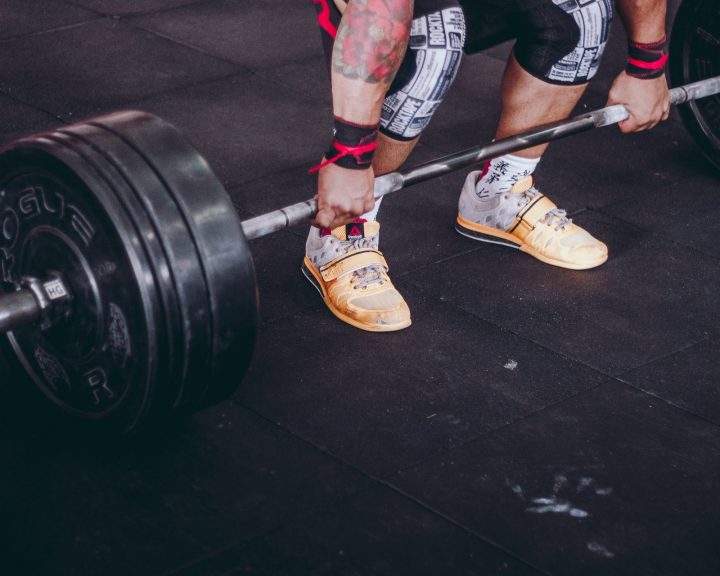Bands and chains, what the research calls variable resistance training, have been around as a training tool for a while now. Powerlifters introduced these as a way to help strengthen lifts during specific parts of the lifts. The idea behind these is that they increase the resistance as the lifter moves the bar further from the floor, the further from the floor the bar is moved the more resistance there is. This is meant to help train the sticking point, but it’s also meant to exploit the fact that we are stronger during the parts of a lift where the bar is further from the floor.
Saeterbakken et al, in the April issue of the Journal of Strength and Conditioning Research, conducted an interesting study looking at how bands change the squat and how they change the recruitment of the muscles of the lower body. The authors studied recreationally trained women that were in their mid-20’s. The women had some weight training experience with a mean 6-RM back squat of approximately 1.1 times bodyweight (mean body mass was approximately 65 kilograms).
Subjects performed a 6-RM squat test with the back squat exercise. One trial involved free weights only. The other trial involved free weights plus resistance bands. EMG data of the vastus medialis, vastus lateralis, and biceps femoris were taken. In addition, barbell velocity, lifting time, and vertical displacement were measured of the last repetition in the 6-RM lift.
Results:
- The average 6-RM weights for the weights-only group were approximately 73 kilograms, for the band group it was approximately 76 kilograms (about 50kg of that from weights, the rest from bands).
- The loads were equivalent between the two groups during the pre-sticking region of the lift. This is the part of the lift from the lowest part of the bar (i.e. in the descent) until the first barbell peak velocity.
- At the sticking region (the period from peak velocity to the lowest barbell velocity), the band plus weight resistance was equivalent to about 105% of the weight-only group.
- At the post-sticking region (period from lowest barbell velocity to the second peak velocity) the band plus weight resistance was equivalent to about 115% of the weight-only group.
- When using bands plus weights, the first barbell peak velocity was higher than when using just weights, but the second barbell peak velocity was lower when using bands plus weights than when using just weights.
- According to the EMG data, there was no difference in muscle activation between using bands plus weights or using weights only.
These results make a lot of sense when you stop and consider what bands do. As they are stretched out (i.e. as the lifter is standing up from the squat), they provide more resistance. The more they are stretched (i.e. the taller the lifter gets) the more resistance they provide. This is why the loads increase as the lifter gets taller, it’s also why the sticking regions are different between the two conditions.
The EMG data is interesting and the authors don’t really have an explanation for it, beyond observing that this has been found in other studies. It would be logical that moving a greater load would require more activation of the muscles, but it is also possible that the differences weren’t great enough to generate that.
Saeterbakken, A.H., Andersen, V., and R.V.D.Tillaar. (2016). Comparison of kinematics and muscle activation in free-weight back squat with and without elastic bands. Journal of Strength and Conditioning Research, 30(4): 945-952.



